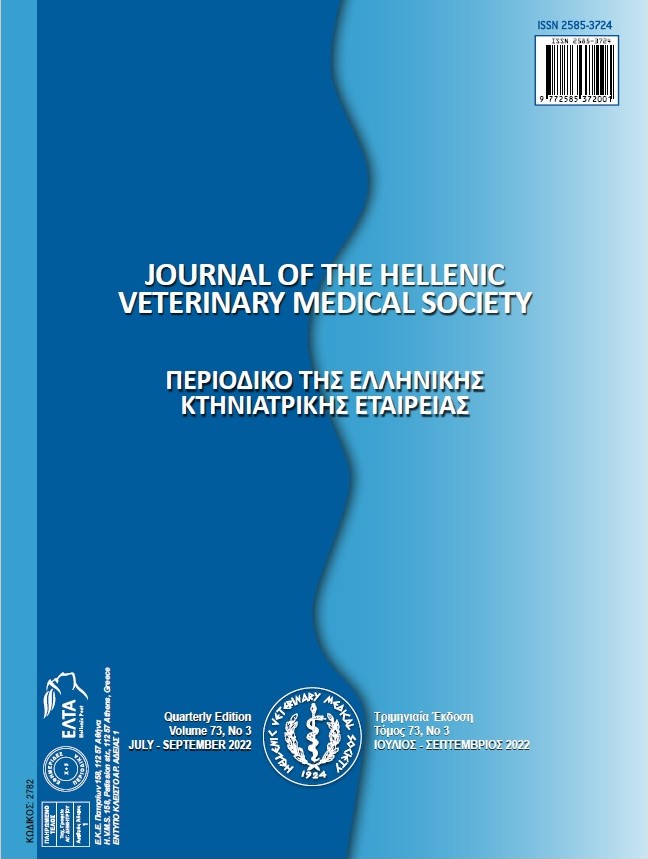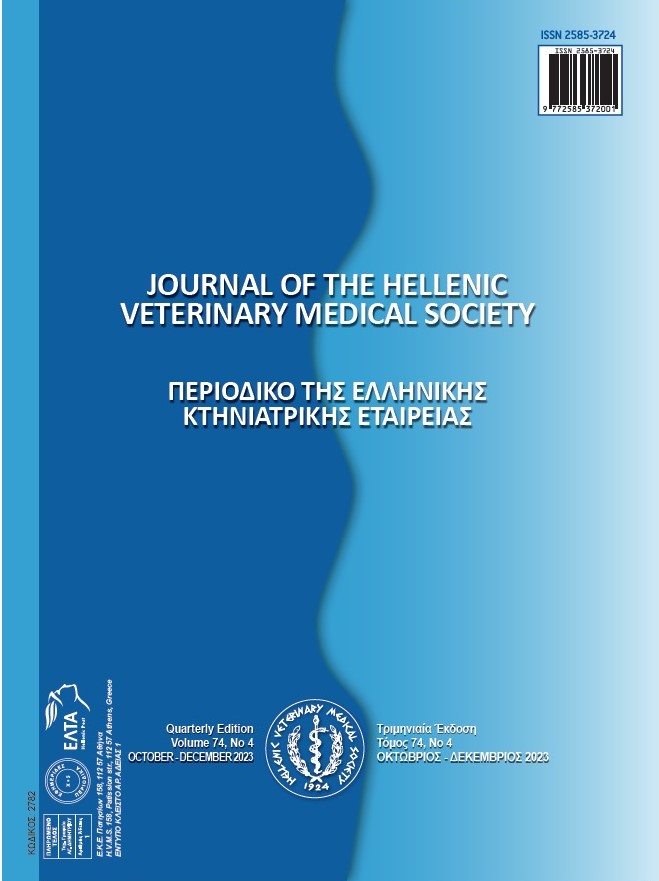General Properties of Propolis and its Usage in Ruminants
Abstract
Propolis is a product with many benefits, honey bees produce propolis by mixing the resin substances they collect from the bark, leaves, and plant secretions of trees with honey, wax, pollen, and their salivary enzymes. They use this product for several purposes including protecting bee larvae, honey stores, and honeycombs from infections, repairing damaged areas, covering holes and cracks in the hive. It was also used in folk medicine with its antimicrobial and healing effects since ancient times. Beside these properties, with the advancements in science, various other properties of propolis like immunomodulatory, anti-inflammatory, antitumor, antioxidant, anticarcinogenic, antiprotozoal, antiviral, antiulcer, local anesthetic, cytotoxic, and many more were also discovered. When it was discovered that antibiotics create residues in foods and cause resistance in some microorganisms, the use of antibiotics in farm animals has been restricted in many countries. This led to an increase in the demand for organic products in the public and drove scientists to search for new natural alternative feed additives that can show similar effects with antibiotics in order to prevent economic losses caused by the restriction. In this study, it was aimed to discuss the effects of propolis in ruminants as a feed additive and its usability as a natural alternative to antibiotics by analyzing studies on the field.
Article Details
- Come citare
-
Özdemir, V., Yanar, M., & KOÇYİĞİT, R. (2022). General Properties of Propolis and its Usage in Ruminants. Journal of the Hellenic Veterinary Medical Society, 73(2), 3905–3912. https://doi.org/10.12681/jhvms.26334
- Fascicolo
- V. 73 N. 2 (2022)
- Sezione
- Review Articles

Questo lavoro è fornito con la licenza Creative Commons Attribuzione - Non commerciale 4.0 Internazionale.
Authors who publish with this journal agree to the following terms:
· Authors retain copyright and grant the journal right of first publication with the work simultaneously licensed under a Creative Commons Attribution Non-Commercial License that allows others to share the work with an acknowledgement of the work's authorship and initial publication in this journal.
· Authors are able to enter into separate, additional contractual arrangements for the non-exclusive distribution of the journal's published version of the work (e.g. post it to an institutional repository or publish it in a book), with an acknowledgement of its initial publication in this journal.
· Authors are permitted and encouraged to post their work online (preferably in institutional repositories or on their website) prior to and during the submission process, as it can lead to productive exchanges, as well as earlier and greater citation of published work.





